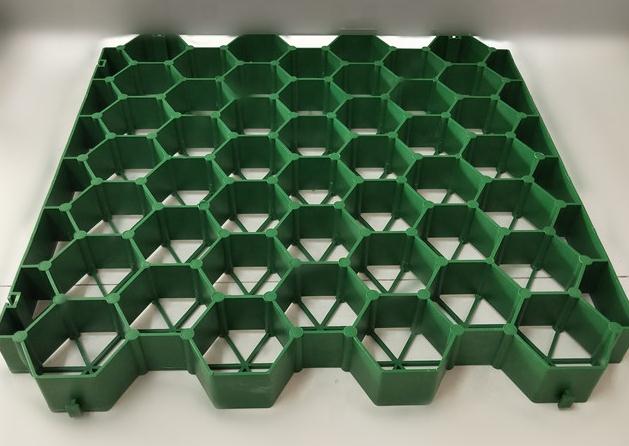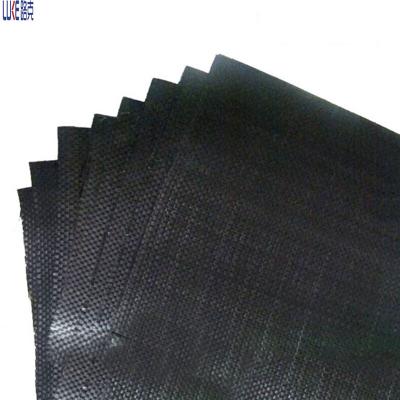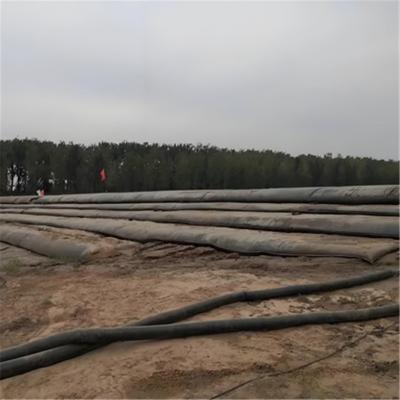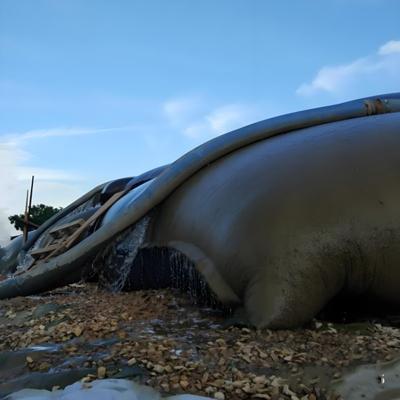Key Points of Construction of Geogrid
Construction site: it is required to be compacted, leveled, horizontal, and the sharp protrusions shall be removed.
Grating laying: on a flat and compacted site, the main stress direction (longitudinal) of the installed and laid grating shall be perpendicular to the axis direction of the embankment, and the laying shall be flat, wrinkle free, and tensioned as far as possible. Fix the grid with dowels and earth rock weights. The main stress direction of the paved grid should be full length without joints. The connection between grids can be manually bound and lapped, and the lapping width should not be less than 10cm. If the grid is set in more than two layers, the joints between layers shall be staggered. After large-area paving, its straightness shall be adjusted as a whole. After filling and covering a layer of soil and before rolling, the grid shall be tensioned manually or with machines and tools again, with even force, so that the grid is in a straight stress state in the soil.
Selection of filler: the filler shall be selected according to the design requirements. Practice has proved that all of them can be used as fillers except frozen soil, marsh soil, domestic garbage, chalk soil and diatomite. However, gravel soil and sand soil have stable mechanical properties and are little affected by water content, so they should be preferred. The particle size of filler shall not be greater than 15cm, and the grading of filler shall be controlled to ensure the compaction weight.
Paving and compaction of filler: after the grid is laid and positioned, it shall be filled and covered in time, and the exposure time shall not exceed 48 hours. The flow process method of laying and backfilling can also be adopted. Pave filler at both ends, fix the grid, and then push it toward the middle. The rolling sequence is from two sides to the middle. When rolling, the roller shall not directly contact with the reinforcement, and vehicles are generally not allowed to drive on the uncompacted reinforcement to avoid dislocation of reinforcement. The compaction degree of each layer is 20-30cm. The compactness must meet the design requirements, which is also the key to the success of reinforced soil engineering.
Waterproof and drainage measures: in reinforced soil engineering, drainage treatment inside and outside the wall must be done well; Foot protection and erosion prevention shall be well done; Filter and drainage measures shall be set in the soil, and geotextile and permeable pipe (or blind ditch) shall be set if necessary. Drainage shall be conducted by means of dredging without blocking, otherwise hidden danger will occur.




